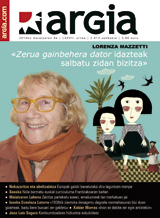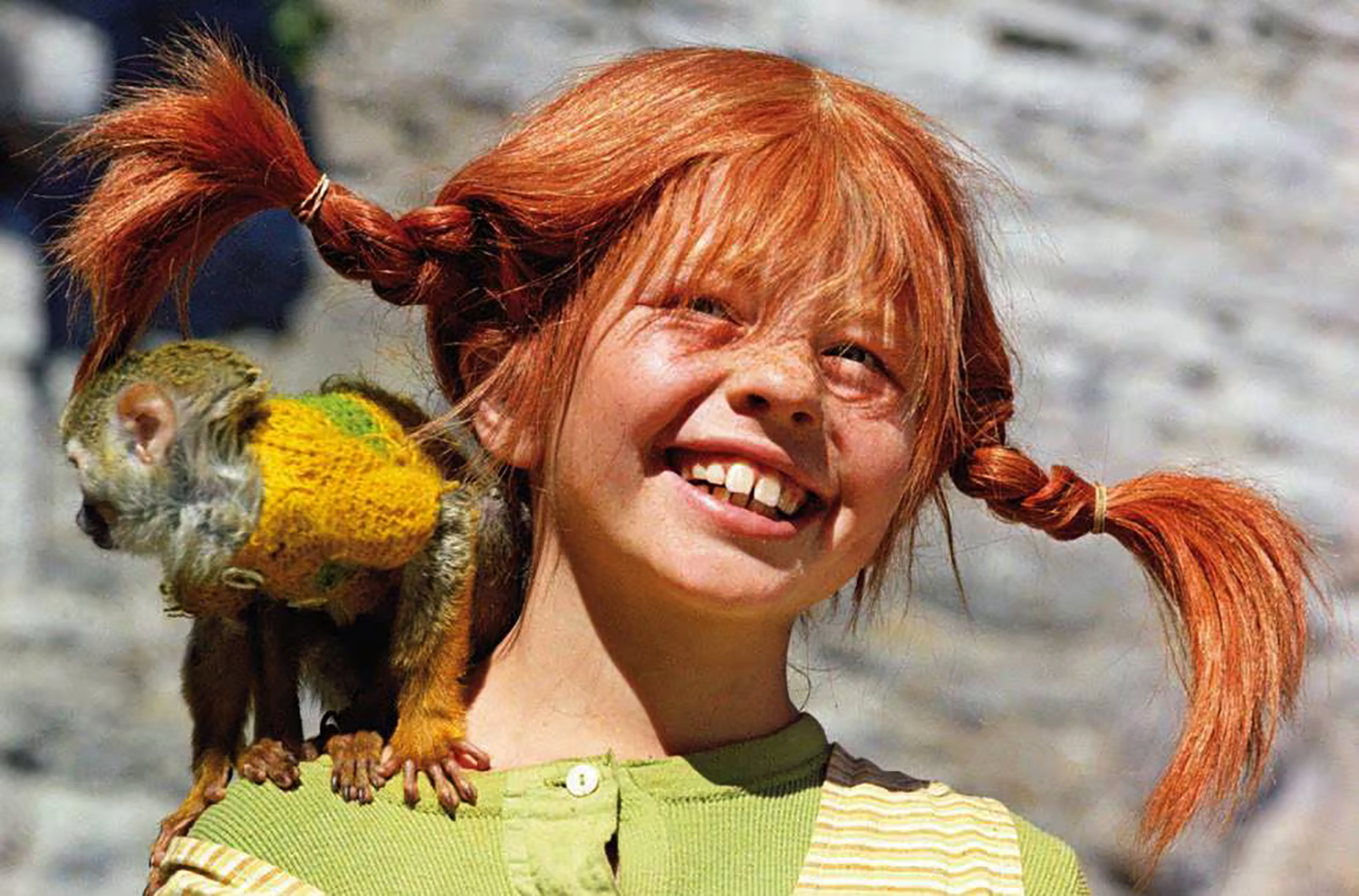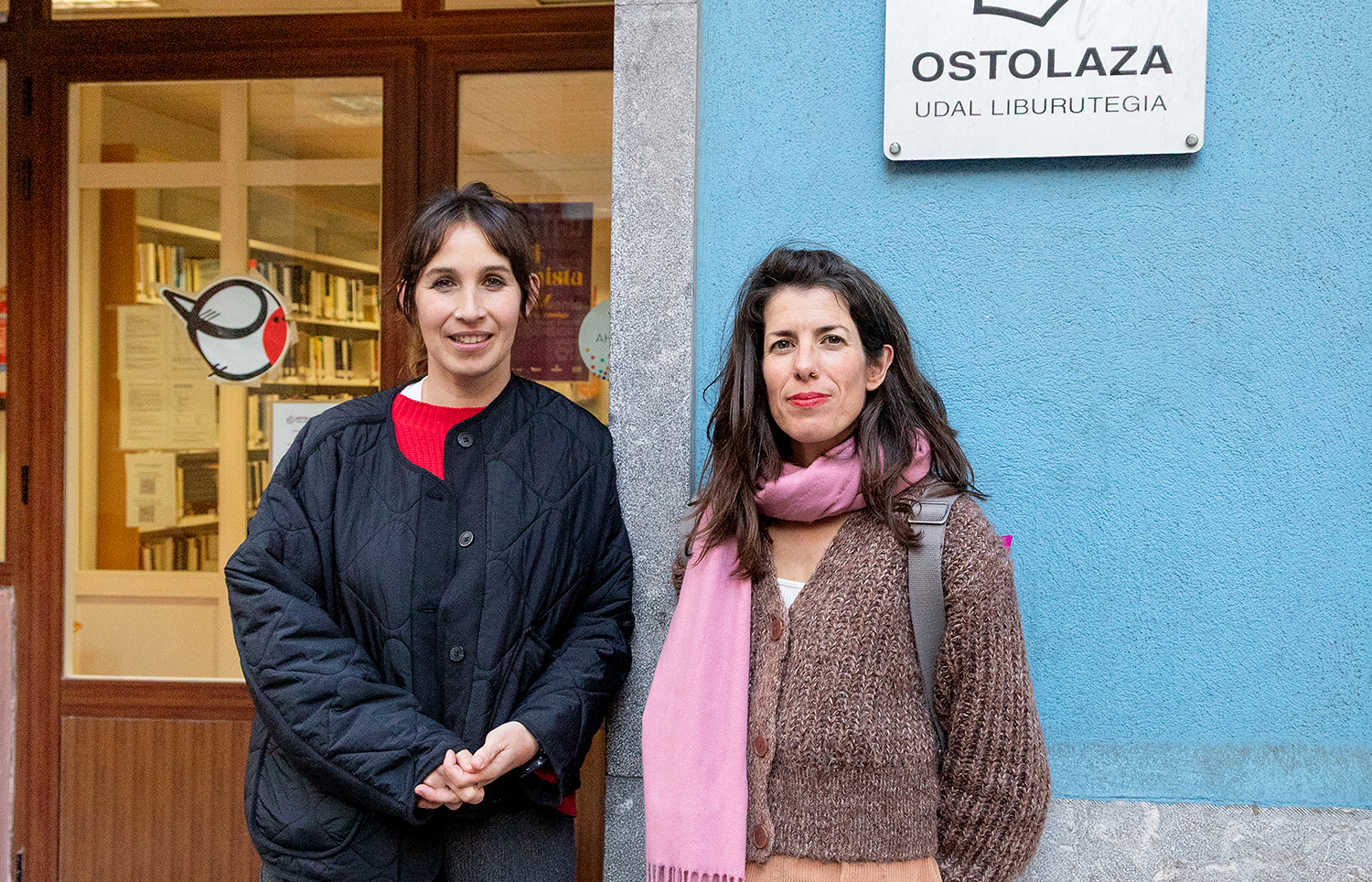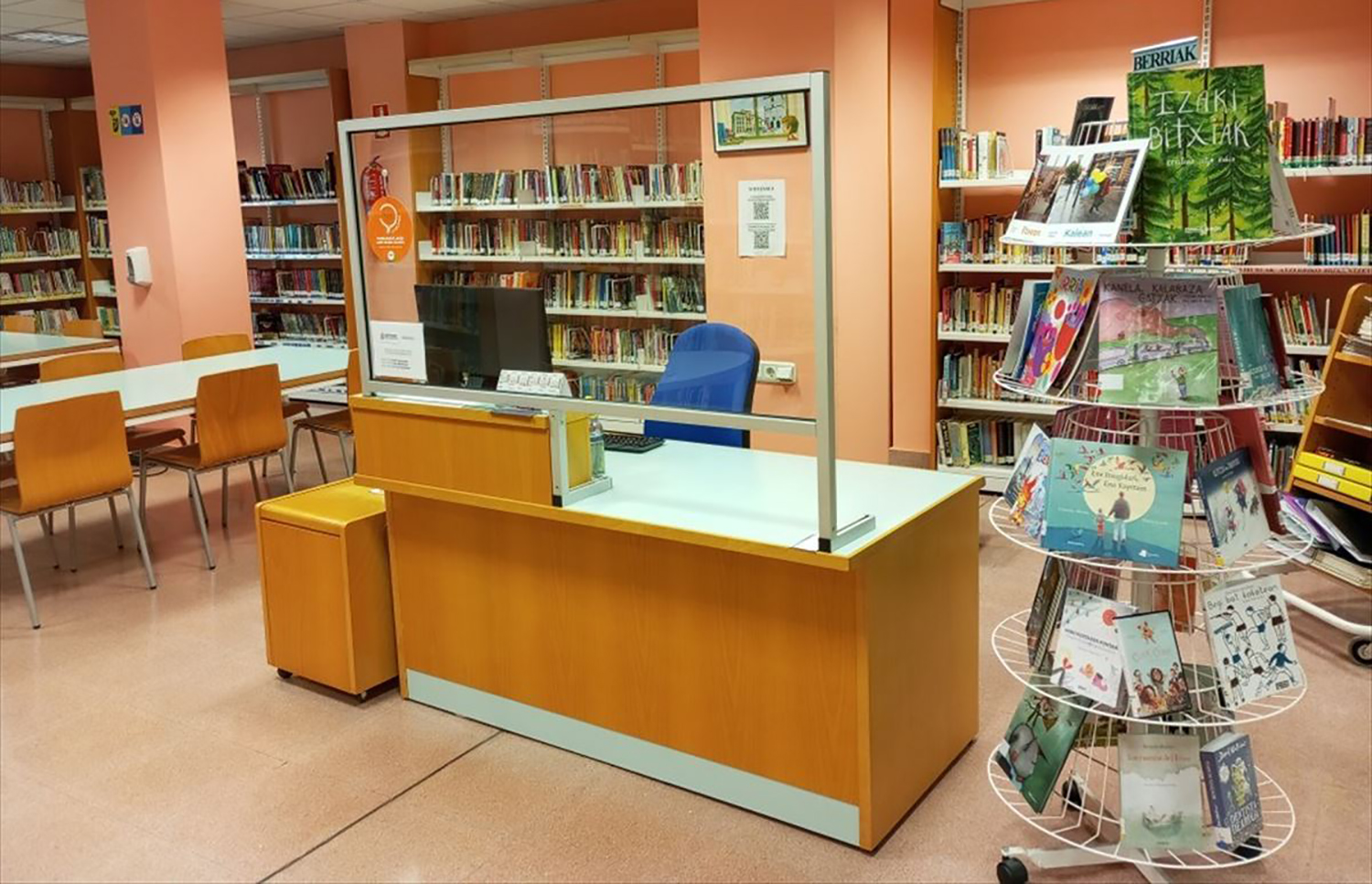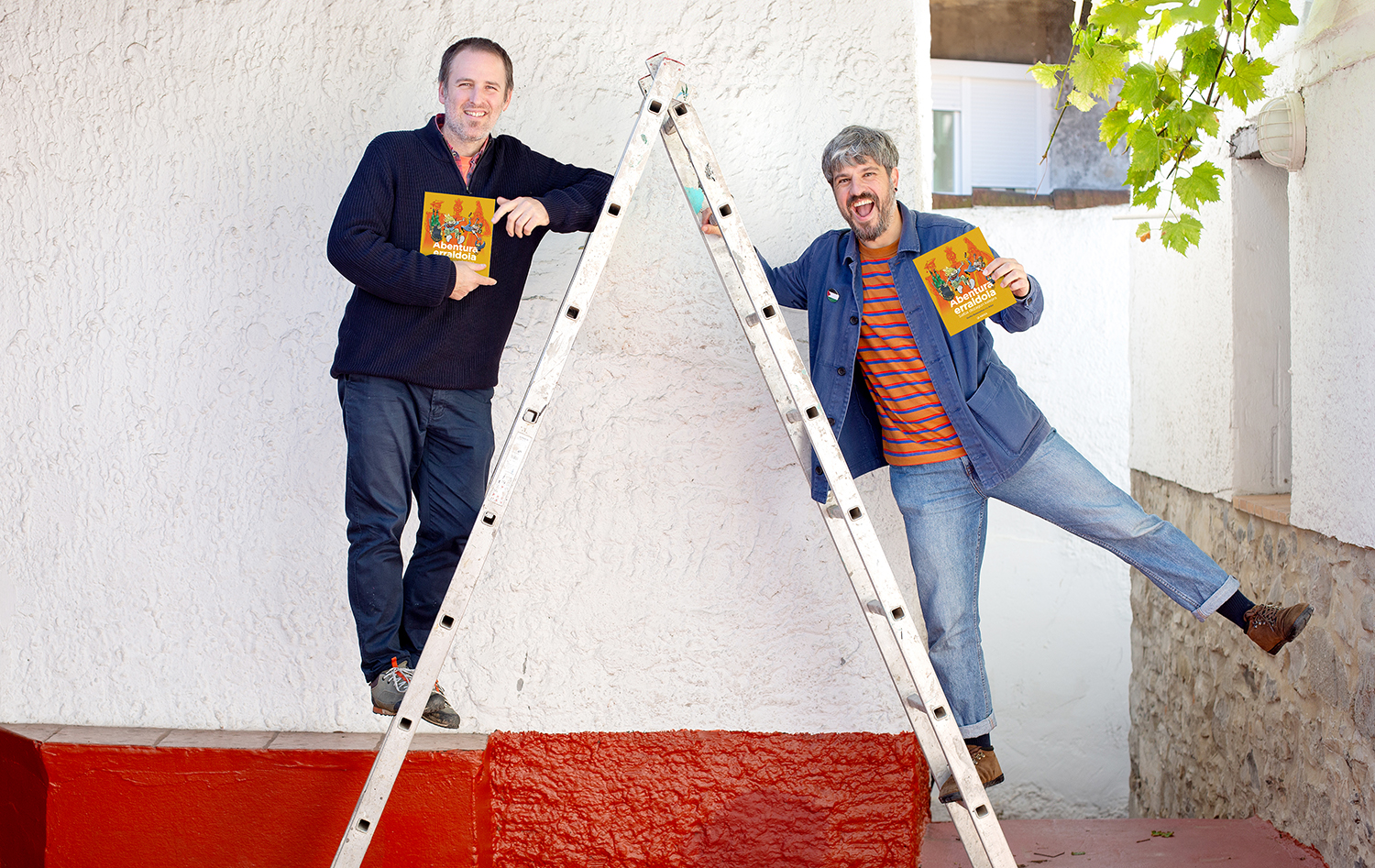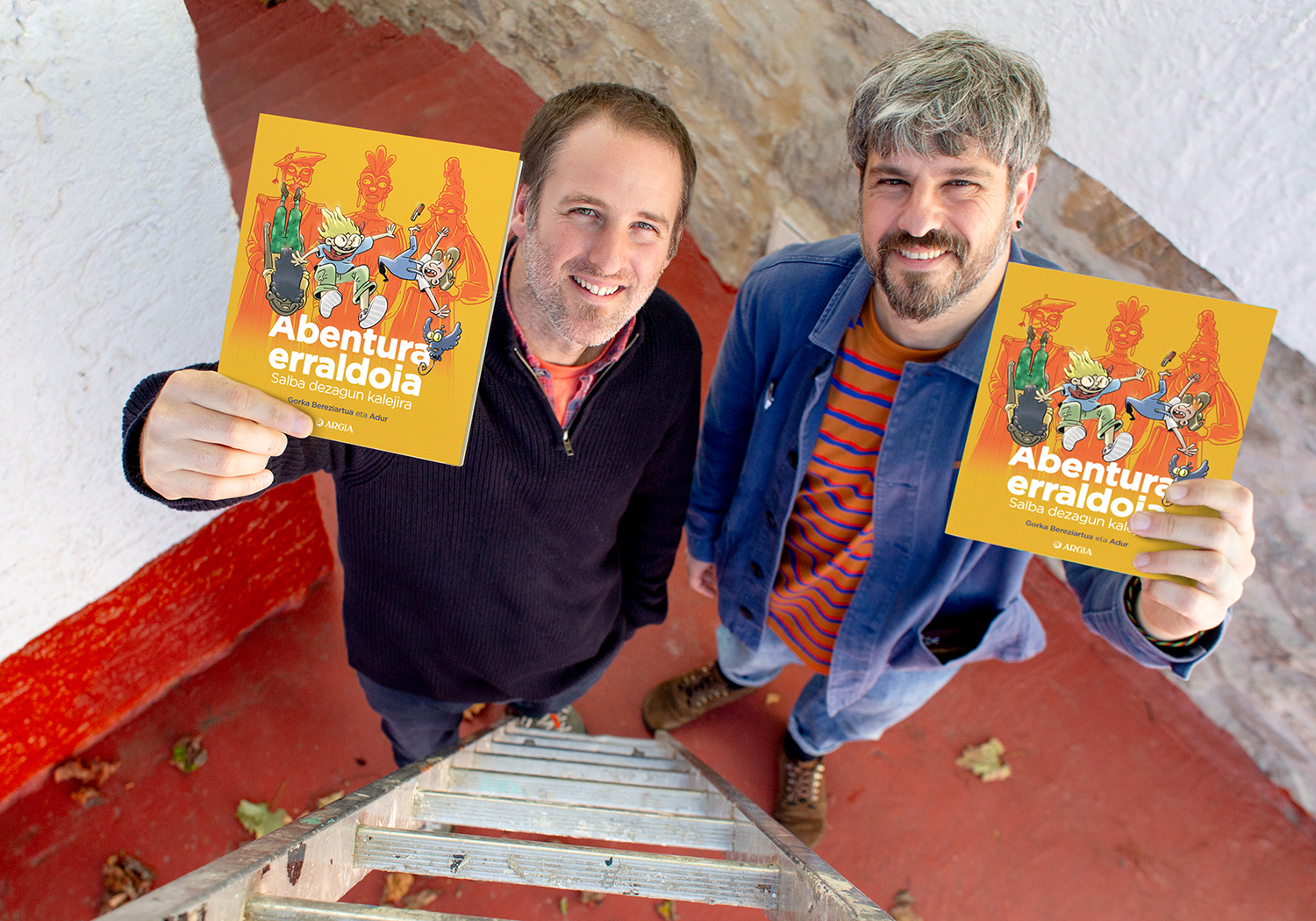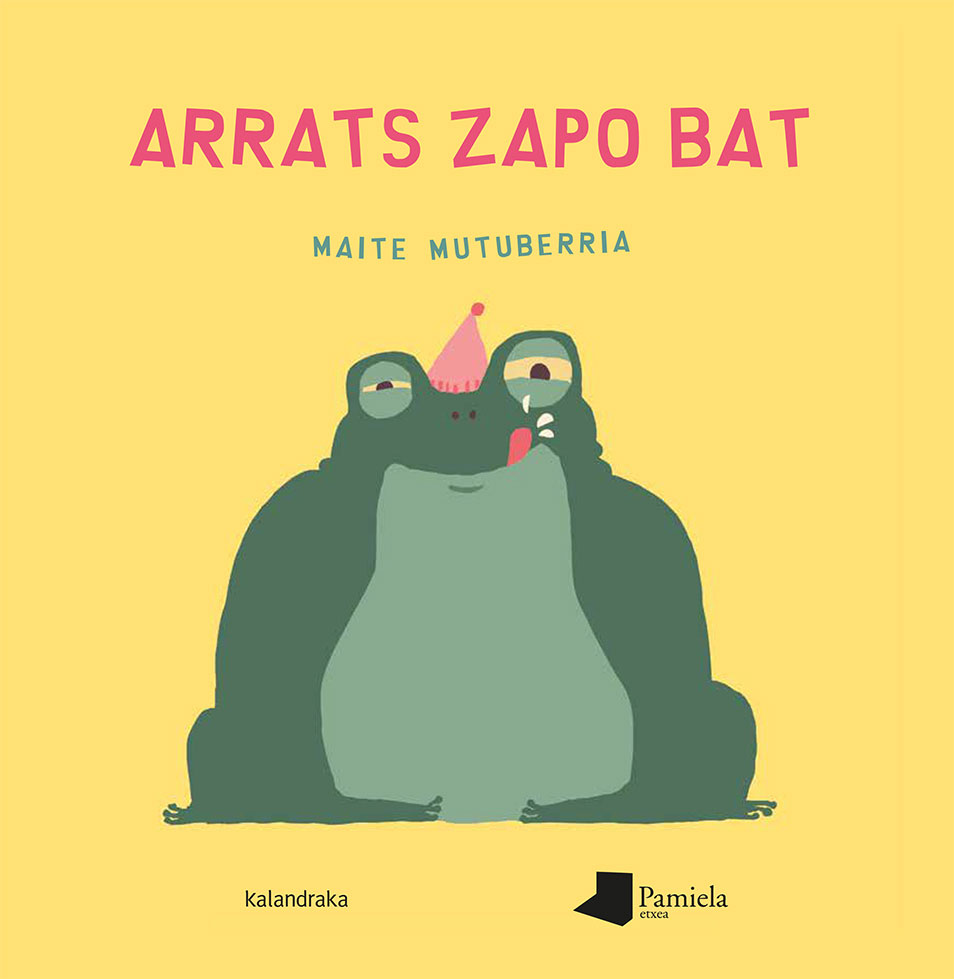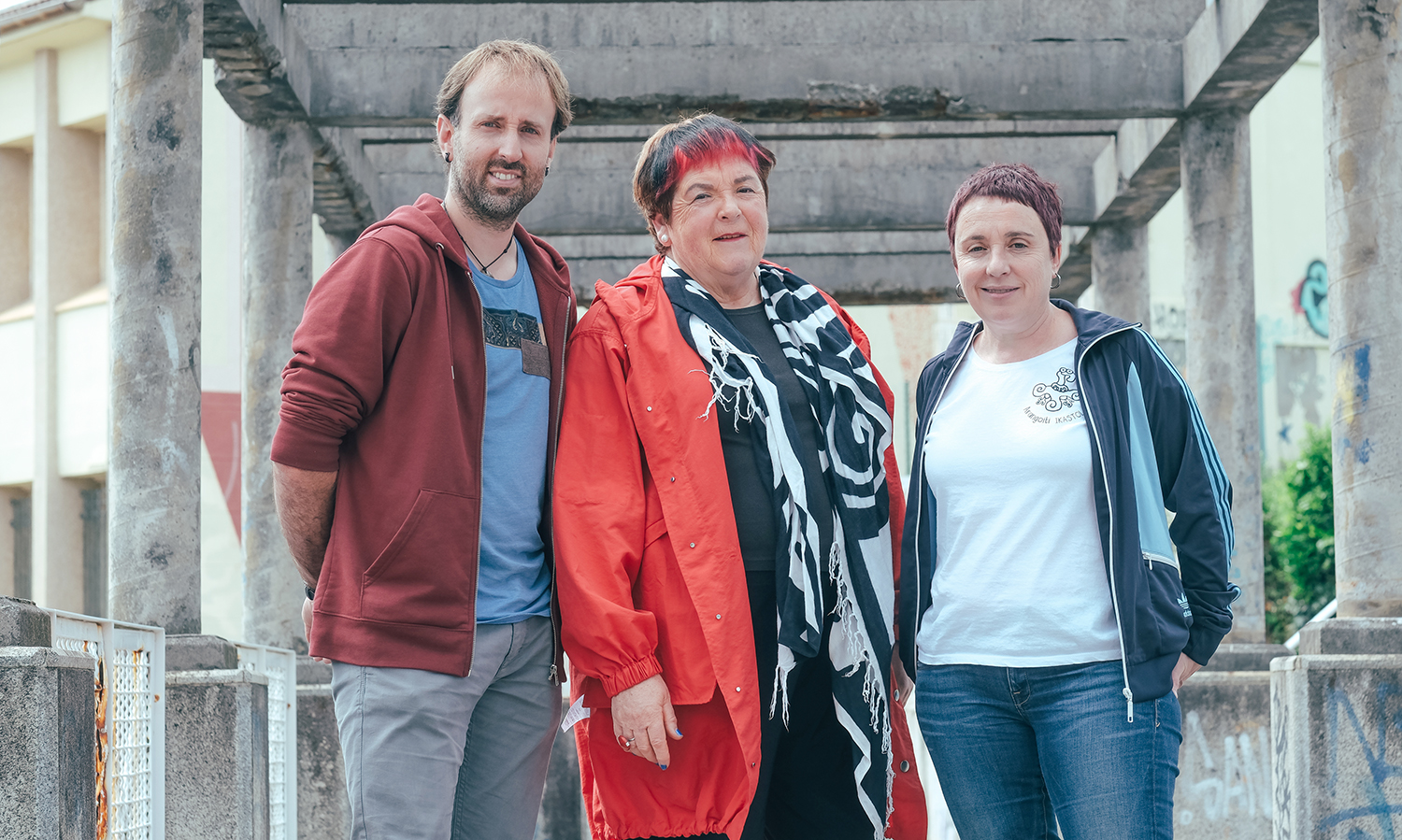Grandma's house in the woods
- Antony Browne::Through the forest Pamiela - Kalandraka, 2013 Translation::Manu Lopez gaseni

Anthony Browne made himself known for his interesting and exceptional books for children, even for less children. His gorillas and works like Urdeburua among us are famous. On this occasion, it has been launched along the Forest created in 2004 for the enjoyment of Basque readers.
The front and back cover image includes the name of the author and the title of the work; the latter representing a card and marking a direction, a path that is directed to the interior of the forest. This black and white image shows a child, lonely and faceless, walking into the forest with a basket in his hands.
The author starts his work with the phrase “One night awoke me a terrible noise,” and on the page on the right we can see an impressive beam out of the window. In a colorful world the protagonist, and his bed, appear in black and white. Brown has made that use of colors throughout the book, drawing the reader's attention to places, characters, environments. In the next dawn of the storm, her father’s emptiness is noticed in the boy’s house telling the story; the mother and child, serious, with a face without expression, appear in the image in which the empty chair of her father stands out. And that vacuum, that lack of the father, will be one of the keys to the story.
The other is on page 9: “The next day, my mother asked me to bring a cake to my grandmother because the grandmother was sick,” and reading this phrase comes to mind the well-known Caperucita of the brothers Perrault and Grimm. And specifically, referring to this story, “there are two paths to reach the grandmother’s house: the longest, the infinite; and the path through the forest. ‘Don’t go down the forest,’ my mother told me. Go down the longer path.’ But that day, for the first time, I decided on the shortcut. I wanted to go home as soon as possible, even if my father came back.”
Brown reflects the terrible spirit of the forest, the mystery, the terror… creating images with direct and indirect references to popular stories, bringing the forest to life. This atmosphere reaches its peak when seeing and wearing a red coat: “As soon as I got dressed, I started to feel fear. I felt something was haunting me. Then I remembered a story that my grandmother told me of an evil wolf.”
The knot of the argument, or the knots, because besides the trip there is also the disappearance of my father, they are very successful. All the tension that has been accumulating throughout the book ends up in the grandmother's house, and even more beautiful when she comes back to casa.La image has much
more strength than the word at that end, and in this story narrated in the first person, in these images that we see with the eyes of the first person, it seems that we also have to embrace ourselves, but to know how, who and why that is, the book is even worth reading.
Saran egingo da urriaren 11 eta 12an, eta aurtengoa laugarren edizioa izango da.
-It was an ordinary afternoon. For anglerfish.” This evening is what Maite Mutuberria tells us in this album. The book has very few texts and the images tell us very well the development of history.
From the beginning we can see in the illustrations a large and quiet... [+]
The one who approaches this book, first of all, will be with G. It meets the images of Mabire. They are comic style images, very accurate strokes and celestial experiences that help to easily interpret characters and situations. These images coincide with the text, which is... [+]









